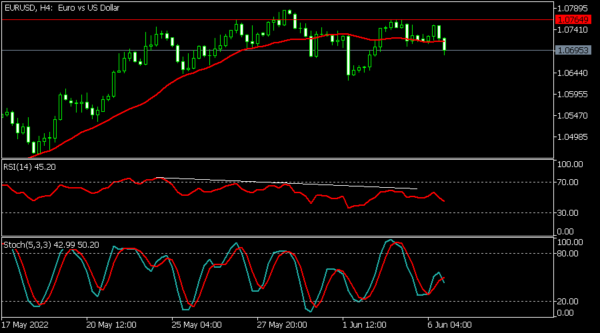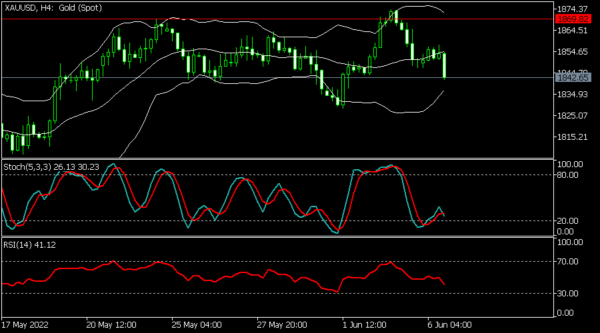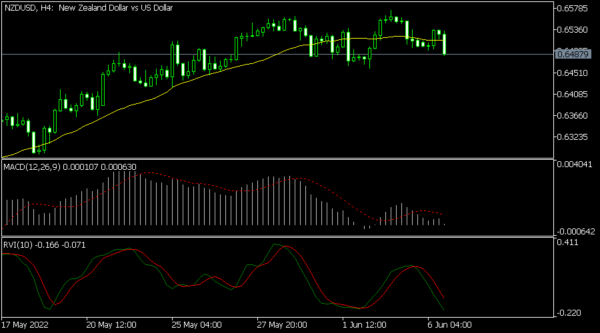The Australian dollar rose in early trading after the Reserve Bank of Australia (RBA) delivered its second back-to-back rate hike this year. The bank decided to increase interest rates by 25 basis points and signaled that it will deliver more hikes later this year in a bid to fight inflation. It signaled that inflation would keep rising because of the ongoing crisis in Ukraine and rising oil prices. Recent data showed that the country’s inflation jumped to more than 5% in the first quarter of the year. However, the unemployment rate dropped to the lowest level in years. The RBA joins other central banks like the Fed and BOE in implementing more rate hikes.
American stocks jumped on Monday as investors continued to assess the rising inflation and the potential for high interest rates by the Federal Reserve. The Dow Jones rose by more than 200 points while the Nasdaq 100 jumped by over 1%. Amazon was the top moving stock after the company implemented a 20-to1 stock split. Another top mover was DiDi, the Chinese ride-hailing company, whose shares jumped by over 50% as regulators ease curbs on its business. Meanwhile, Twitter shares declined after worries about Elon Musk’s decision to acquire the company emerged. Through his lawyer, Musk said that Twitter had withheld important information.
The British pound rose slightly after Boris Johnson survived a no-confidence vote in Parliament. Proponents of the vote failed to garner enough supporters to impeach the prime-minister. He was being impeached for holding parties in 2020, when most of the country was in a lockdown. Analysts believe that the pound rose since the impeachment vote removed uncertainty in the UK. Later today, the pound will react to the latest UK PMI data. Analysts expect that the services PMI dropped to 51.8 in May while the composite PMI fell slightly in May.
EURUSD
The EURUSD pair has struggled in the past days. The pair dropped to 1.0693, which is below the important resistance level at 1.0764, the lowest level last week. It has moved slightly below the 25-day moving average. It formed a head and shoulders pattern while the Relative Strength Index (RSI) has been falling. The Stochastic Oscillator has moved to the neutral point. Therefore, there is a likelihood that the pair will keep falling ahead of the ECB decision.
XAUUSD
The XAUUSD pair declined to a low of 1,842, which was the lowest level since June 3. It has fallen from last week’s high of 1,872, which was the highest level last week. The RSI has moved below the neutral point at 50. It also moved slightly below the neutral point of the Bollinger Bands while the Stochastic Oscillator is slightly above the oversold level. The pair will likely keep falling to the next key support at 1,830.
NZDUSD
The NZDUSD pair declined slightly as the dollar strength continued. It is trading at 0.6487, which is lower than last week’s high of 0.6582. It has moved slightly between the 50% and 38.2% Fibonacci retracement level. At the same time, the MACD and the Relative Vigor Index have moved lower. The pair will likely continue falling as bears target the key support at 0.6400.















